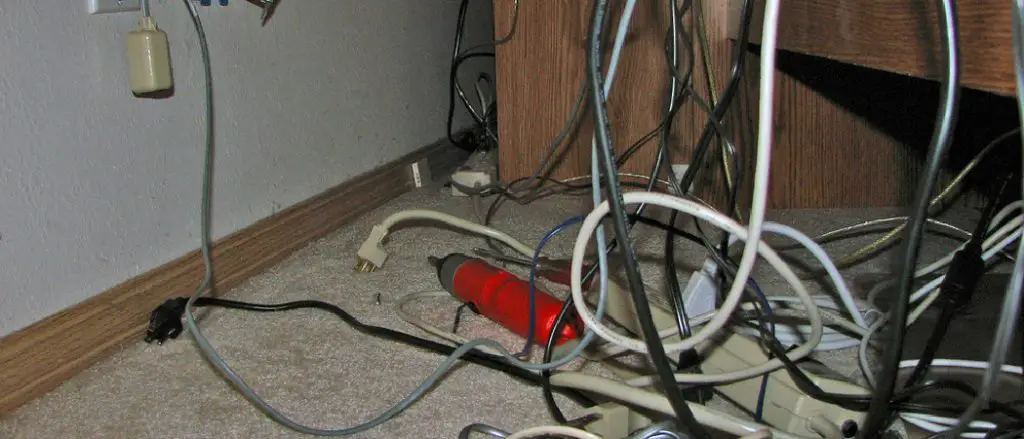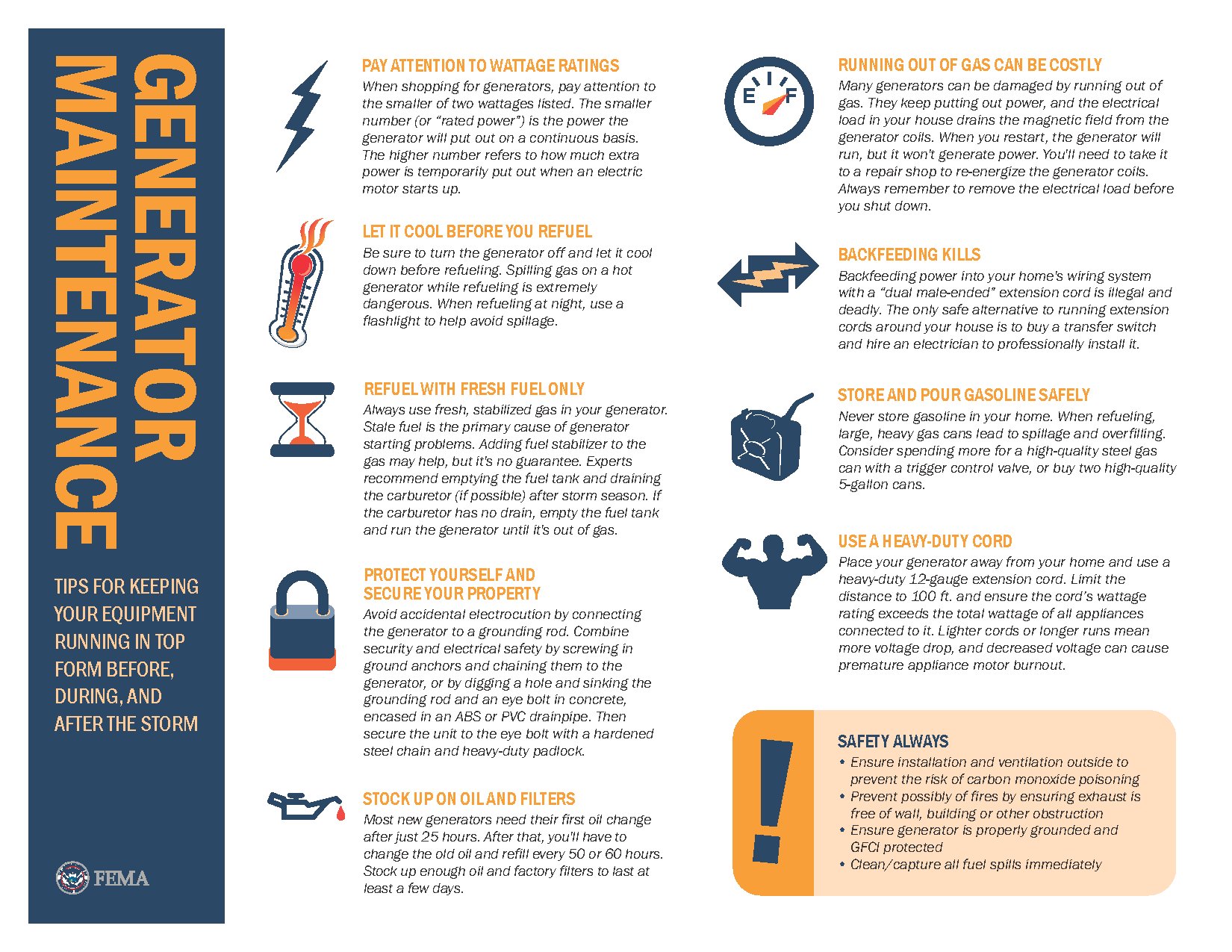To run an extension cord from outside to inside, you will need to locate a suitable entry point and use a waterproof outdoor outlet cover to protect the connection. Additionally, ensure that the extension cord is rated for outdoor use and that it is properly secured and protected from potential tripping hazards when inside.
Once these steps are taken care of, you can safely connect your outdoor electrical equipment to an indoor power source. Proper installation and adherence to safety guidelines are essential to avoid any accidents or electrical hazards.

Safety Precautions
Before running an extension cord from outside to inside, it is crucial to prioritize safety to avoid potential hazards. Taking necessary precautions can prevent electrical mishaps and ensure a safe and efficient setup.
Weather Considerations
When handling extension cords from outside to inside, weather conditions play a significant role. Ensure that the cord is shielded from extreme weather elements such as rain, snow, or direct sunlight. Use weatherproof extension cords to minimize the risk of electrical damage and ensure safety during inclement weather.
Cord Selection
Choosing the right extension cord is vital for safety. Opt for cords that are specifically designed for outdoor use and approved for indoor applications as well. Check the cord’s amperage and wattage ratings to ensure it can handle the intended load without overheating or causing a safety hazard.
Planning And Preparation
Before running an extension cord from outside to inside, proper planning and preparation are essential to ensure safety and efficiency. This section will guide you through the important steps you need to take in the planning and preparation phase.
Determining The Route
Begin by determining the most suitable route for your extension cord from the outdoor power source to the desired indoor location. Keep in mind that the cord should be protected from potential hazards such as excessive foot traffic or environmental factors like rain or snow.
To choose the best route:
- Identify the shortest and most direct path between the outdoor power source and the indoor location.
- Avoid running the cord across high-traffic areas or where people are likely to trip over it.
- Consider using conduit or cable covers to protect the extension cord from being damaged by vehicles or other equipment.
Measuring The Distance
Once you have determined the route, measuring the distance will help you determine the length of extension cord needed for the job. Incorrect measurements can lead to using an inadequate cord or having excess cord creating a potential tripping hazard.
To measure the distance:
- Use a measuring tape to calculate the exact length between the outdoor power source and the indoor location.
- Ensure you measure along the chosen route, considering any elevation changes or obstacles that may require additional cord length.
- Add a few extra feet to the calculated measurement to accommodate any necessary slack or unexpected adjustments.
Choosing The Entry Point
Choosing the right entry point for the extension cord can make it easier to connect the cord indoors while keeping it secure and hidden from view.
Consider the following when determining the entry point:
- Look for existing openings or ports in your wall, such as electrical outlets, that are closest to the indoor location.
- Ensure the chosen entry point has enough space to accommodate the plug and any potential extension cord covers.
- If necessary, drill a small hole near the entry point for the cord to pass through, ensuring it is sealed to prevent drafts or water from entering.
Weatherproofing
Efficiently weatherproof your extension cord for seamless indoor-outdoor connectivity. Safely run the cord through a designated weatherproof portal to prevent damage and ensure functionality.
Using Sealants
Sealants are crucial for keeping your extension cord weatherproof. Apply weather-resistant sealant around any entry points where the cord passes through windows or doors.
Installing A Weatherproof Box
For added protection, install a weatherproof box at the point where the cord enters your home. This box will shield the connection from rain and moisture.
Remember to seal any gaps or openings around the box with waterproof caulk to prevent water intrusion.
By weatherproofing your extension cord properly, you can ensure safety and durability in all conditions.

Installing The Cord
Installing the cord is an essential step when running an extension cord from outside to inside your house. This process involves drilling holes in strategic locations and using cable protectors to ensure safety and proper functionality of the cord.
Drilling Holes
To begin the installation process, you need to drill holes in the walls or windowsills to allow the extension cord to pass through. Start by choosing the most convenient and discreet location for the cord to enter your home. Use a power drill with the appropriate drill bit size according to the thickness of the wall or windowsill.
Make sure to check for any electrical, plumbing, or other utility lines that may be behind the wall before drilling. You can use a stud finder or consult a professional if needed. Safety should always come first to prevent any accidents or damage to your property.
Once you have identified the location, mark it with a pencil or tape to ensure accuracy. Then, carefully drill a hole in the designated spot. Be cautious and apply gentle pressure to avoid damaging the walls or breaking any glass surfaces if you’re drilling into a window frame.
Using Cable Protectors
After drilling the holes, it’s important to protect the extension cord and the areas where it passes through. Cable protectors are specially designed to keep the cord secure, prevent it from getting tangled or damaged, and minimize tripping hazards.
You can choose from different types of cable protectors, such as rubber cable ramps, floor cord covers, or wall cord covers. These protectors provide a safe pathway for the extension cord, ensuring it doesn’t become a safety hazard or an eyesore.
When selecting a cable protector, consider the length, width, and capacity specifications to accommodate your extension cord. Measure the diameter of your cord and choose a cable protector with a suitable channel size to fit it properly.
Once you have the cable protector, position it over the drilled hole and insert the extension cord into the specified channel. Make sure the cord sits securely inside the protector without any exposed wiring. This will protect not only the cord but also anyone who might accidentally come into contact with it.
Running an extension cord from outside to inside can provide convenience and accessibility to power sources. However, it’s crucial to install the cord correctly to ensure safety and functionality. By following the proper drilling and cable protector installation techniques, you can enjoy the benefits of having an extension cord indoors while maintaining a tidy and hazard-free environment.
Indoor Connection
Discover how to efficiently run an extension cord from outside to inside with Indoor Connection. Our expert tips and tricks offer a seamless solution for powering your indoor devices and appliances.
Using Ground Fault Circuit Interrupters (gfcis)
Using GFCIs indoors enhances safety by quickly shutting off power if any electrical fault is detected.
Connecting To Power Source
Connect the indoor end of the extension cord to a power source, ensuring it’s secure and safe.
Testing And Maintenance
When it comes to the safety and proper functioning of extension cords, testing and maintenance play a crucial role. By regularly inspecting and testing for continuity, you can ensure that your extension cord remains in good condition, minimizing the risk of electrical hazards. Let’s delve into the key aspects of testing and maintenance for extension cords.
Testing For Continuity
Testing for continuity is an essential step in ensuring the safety and reliability of an extension cord. Continuity testing involves checking if the current flows through the entire length of the cord without any interruptions. This can be done using a multimeter, which helps in identifying any breaks or damaged wires within the cord.
To perform a continuity test:
- Unplug the extension cord from the power source.
- Set the multimeter to the continuity testing mode.
- Place one probe on one end of the cord’s prong and the other probe on the corresponding prong at the opposite end.
- If the multimeter indicates continuity (a continuous beep or a reading close to zero ohms), it means the cord has a clear path for the electric current to flow, ensuring its safety and functionality.
Regular Inspections
Regular inspections are vital for identifying any signs of wear, damage, or deterioration in the extension cord. Visual inspections should be carried out before each use, checking for frayed insulation, exposed wires, or any other visible defects. In addition to visual checks, it’s recommended to perform a thorough inspection at least once every three months, especially for extension cords that are frequently used in outdoor or harsh environments.
During inspections, be sure to:
- Look for any signs of physical damage such as cuts, abrasions, or kinks.
- Check the plugs and connectors for any loose parts or corrosion, ensuring they are securely connected and free from debris.
- Inspect the insulation for any signs of cracking, melting, or discoloration, as these indicate potential safety hazards.
- Verify that the cord’s electrical rating matches the intended usage to prevent overloading and overheating.
By incorporating thorough testing and regular maintenance into your extension cord care routine, you can ensure the safety and longevity of your electrical equipment.
“`
Additional Tips
Additional Tips for running an extension cord from outside to inside can be immensely helpful in ensuring safety and proper functioning. Here are some crucial H3 headings to keep in mind:
Using Cord Covers
When running an extension cord from outside to inside, it’s essential to consider using cord covers as they not only protect the cord from damage but also prevent tripping hazards. Cord covers come in various sizes and materials, so ensure to choose one that fits your specific requirements. Additionally, make sure that the cord covers are durable and weather-resistant to withstand outdoor conditions.
Avoiding Overloading
Avoiding overloading the extension cord is crucial for safety. Before running the cord from outside to inside, ascertain the wattage capacity of the cord and the connected devices. Overloading the cord can lead to overheating and potential fire hazards. If you anticipate multiple devices being connected, consider using a power strip with a surge protector to distribute the load safely.


Frequently Asked Questions On How To Run The Extension Cord From Outside To Inside
Is It Ok To Use An Outdoor Extension Cord Inside?
Yes, it is safe to use an outdoor extension cord inside as long as it is suitable for indoor use and meets safety standards. Make sure the cord is not damaged and avoid using it in areas with moisture or where it may be walked on.
How Do You Run An Extension Cord From A Generator To Your House?
To run an extension cord from a generator to your house, use a heavy-duty cord capable of handling the generator’s power output. Keep the cord away from water and secure it to prevent tripping hazards. Make sure the generator is outdoors to prevent carbon monoxide buildup.
How Do You Run An Extension Cord Underground?
To run an extension cord underground, dig a trench at least 18 inches deep, place the cord in PVC conduit, and bury it.
Can Outdoor Extension Cords Be Driven Over?
Yes, outdoor extension cords can be driven over as they are designed to withstand outdoor conditions and heavy-duty use. However, it is recommended to use a cord protector or a sturdy covering to prevent damage and ensure safety.
Conclusion
Running an extension cord from outside to inside doesn’t have to be a complex task. By following these steps, you can safely and effectively bring power indoors. Remember to choose the right cord, utilize weatherproofing techniques, and maintain proper safety precautions.
With this knowledge, you can confidently tackle any electrical project. Say goodbye to tangled cords and hello to a convenient and functional indoor power source!

